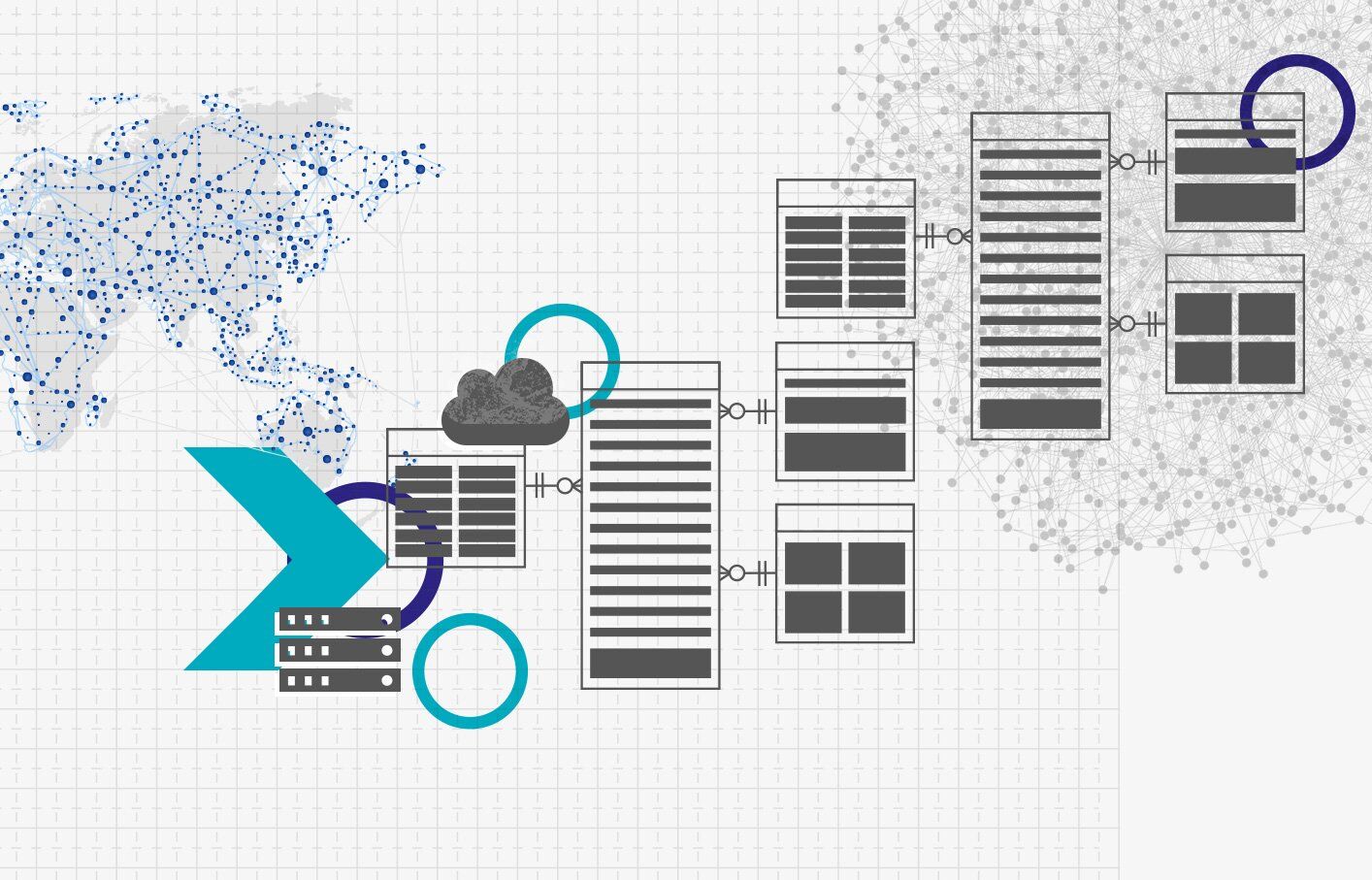Hadoop and Hive/Spark in Data Vault 2.0
In this article, you’ll receive an overview of what Hadoop and Hive is and why they can be used as an alternative to traditional databases.
Data Vault 2.0 with Hadoop and Hive/Spark
This webinar delves into the ins and outs of Hadoop and Hive, including what they are and how they communicate. The second part of the presentation focuses on a Data Vault 2.0 example architecture using batch loading, providing participants with insights into how a sample can look like to provide value in real-world scenarios. Whether you are a seasoned data professional or just starting out, this webinar is an invaluable resource for anyone seeking to learn more about Hadoop. So if you are looking to expand your knowledge of these technologies and explore their potential in the world of data analytics, this webinar is not to be missed.
Hadoop
Hadoop is used to process and analyze large volumes of data efficiently by distributing the workload across a cluster of commodity hardware, enabling parallel processing and providing fault tolerance through its distributed file system and resource management framework.
HDFS – Hadoop Distributed File System
HDFS is a distributed file system that provides reliable and scalable storage for big data. It breaks large files into blocks and distributes them across a cluster of commodity hardware. HDFS ensures data reliability and availability through data replication.
Yet Another Resource Negotiator – YARN
YARN provides a flexible, scalable resource management framework for Hadoop, enabling a variety of applications and workloads to coexist and efficiently utilize the cluster’s resources. It abstracts the underlying infrastructure and allows for the dynamic allocation of resources based on application requirements.
MapReduce – MR
MapReduce is a programming model and processing framework for distributed data processing in Hadoop. It allows for parallel processing of large datasets by dividing the workload into maps, reducing tasks. Map tasks process data in parallel and the output is combined and reduced to produce the final result.
Hadoop Common
Hadoop Common provides libraries, utilities, and infrastructure support for the other components of Hadoop. It includes common utilities, authentication mechanisms, and interfaces that are used by various Hadoop modules.
What is the benefit?
Scalability
Hadoop enables the storage and processing of massive amounts of data by scaling horizontally across a cluster of commodity hardware. It can handle petabytes of data without sacrificing performance.
Distributed Computing
Hadoop distributes data and processing tasks across multiple nodes in a cluster, allowing for parallel processing and faster data analysis. This distributed computing model enables efficient utilization of resources and enables high-performance data processing.
Fault Tolerance
Hadoop provides fault tolerance by replicating data across multiple nodes in the cluster. If a node fails, data can still be accessed from other replicas, ensuring data reliability and availability.
Cost-Effectiveness
Hadoop is designed to run on inexpensive commodity hardware, making it a cost-effective solution for storing and processing large volumes of data. It eliminates the need for expensive specialized hardware.
Flexibility and Extensibility
Hadoop’s modular architecture allows for integration with various tools and frameworks within the Hadoop ecosystem, providing flexibility and extensibility. It supports a wide range of data processing tasks, including batch processing, real-time processing, machine learning, and more.
Data Locality
Hadoop’s distributed file system, HDFS, aims to bring the computation closer to the data. By processing data where it is stored, Hadoop minimizes data movement across the network, reducing latency and improving overall performance.
Ecosystem and Community
Hadoop has a rich ecosystem with a wide range of tools, libraries, and frameworks that extend its functionality for different use cases. It also has a large and active community of users, developers, and contributors, providing support, resources, and continuous improvement.
These benefits make Hadoop a powerful, popular solution for handling big data, enabling organizations to efficiently store, process, and gain insights from vast amounts of structured and unstructured data. The whole ecosystem can also run on-premise, which can make it a good alternative if ‘cloud’ is not an option.
HIVE
Hive is a data warehouse infrastructure built on top of Hadoop that provides a high-level SQL-like query language called HiveQL for querying and analyzing large datasets.
What are the components?
Data Storage
Hive leverages Hadoop Distributed File System (HDFS) as its underlying storage system. It stores data in HDFS in a distributed and fault-tolerant manner, allowing for scalable, reliable data storage.
Schema Definition
Hive allows users to define a schema for their data using a language called Hive Data Definition Language, like DDL. This allows users to define tables, partitions, columns, data types, and other metadata associated with the data.
Query Optimization
Hive optimizes queries by performing query planning and optimization techniques. It aims to generate efficient query execution plans to minimize data movement, optimize resource utilization, and improve query performance.
Hive Metastore
Hive maintains a metadata repository called the Hive Metastore. It stores information about the tables, partitions, schemas, and other metadata associated with the data stored in HDFS. The metastore allows for efficient metadata management and retrieval during query processing.
Extensibility
Hive offers extensibility through User-Defined Functions (UDFs), User-Defined Aggregations (UDAs), and User-Defined Table Functions (UDTFs). These allow users to define custom logic and operations in programming languages like Java, Python, or other supported languages.
Integration with other tools
Hive integrates with various other tools and frameworks in the Hadoop ecosystem. For example, it can work alongside Apache Spark, Apache Pig, Apache HBase, and other components to provide a complete data processing and analytics solution.
Partitioning and Bucketing
Hive supports data partitioning and bucketing, allowing users to organize and store data in a structured manner. Partitioning involves dividing data into logical partitions based on specific criteria, while bucketing involves dividing data into equally sized buckets based on hash values.
SerDe
Hive uses a serialization/deserialization framework called SerDe (Serializer/Deserializer) to read and write data in different formats, such as CSV, JSON, Avro, and more. Users can specify the appropriate SerDe for their data format to ensure proper data processing.
Overall, Hive simplifies data querying and analysis on Hadoop by providing a familiar SQL-like interface. It abstracts the complexity of writing low-level MapReduce or Tez jobs and provides a declarative and user-friendly approach to interact with large-scale data stored in Hadoop.
Conclusion
Hadoop is a robust and feature-rich environment that can be challenging to manage. However, its numerous advantages make it a compelling choice, depending on the user’s needs and the available in-house expertise. If you’re interested in learning more about it, watch the following recording.
– Julian Cöln (Scalefree)


